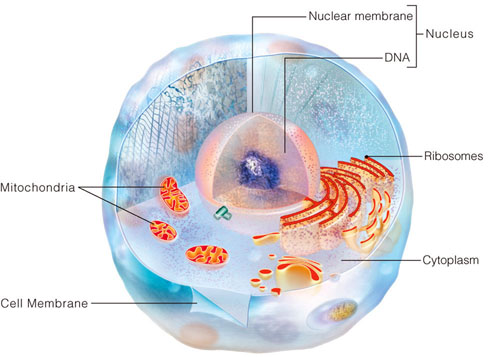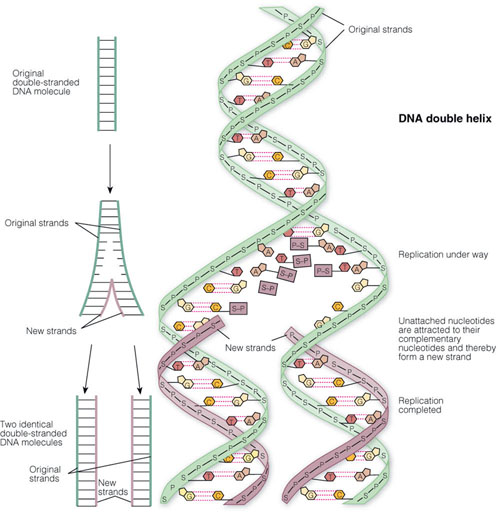
| UMD Home > CAHSS > Department of Studies in Justice, Culture, & Social
Change > Anthropology > Tim Roufs > Prehistoric Cultures |
|
|
|||||||||||||||||||||||||
| |
|
Fall 2012 Calendar -- DAY Fall
2012 Calendar |
Monday, 29 December 2025, 09:31 (09:31 AM) GMT, day 363 of 2025
|
|
<http://www.latimes.com/news/science/la-sci-politics19-2008sep19,0,514047.story>
From the Los Angeles Times
Are you a born conservative (or liberal)?A new study suggests that your political attitudes are wired in from the beginning. Los Angeles Times Staff Writer September 19, 2008 Die-hard liberals and conservatives aren't made; they're born. It's literally in their DNA. That's the implication of a study by a group of researchers who wanted to see if there was a biological basis for people's political attitudes. They found to their surprise that opinions on such contentious subjects as gun control, pacifism and capital punishment are strongly associated with physiological traits that are probably present at birth. The key is the differing levels of fear that people naturally feel. "What is revolutionary about this paper is that it shows the path from genes to physiology to behavior," said James H. Fowler, a political science professor at UC San Diego who was not involved in the research. The researchers, whose findings were published today in the journal Science, looked at 46 people who fell into two camps -- liberals who supported foreign aid, immigration, pacifism and gun control; and conservatives who advocated defense spending, capital punishment, patriotism and the Iraq war. In an initial experiment, subjects were shown a series of images that included a bloody face, maggots in a wound and a spider on a frightened face. A device measured the electrical conductance of their skin, a physiological reaction that indicates fear. In a second experiment, researchers measured eye blinks -- another indicator of fear -- as subjects responded to sudden blasts of noise. People with strongly conservative views were three times more fearful than staunch liberals after the effects of gender, age, income and education were factored out. Kevin B. Smith, a political science professor at the University of Nebraska-Lincoln and a study author, said conservatives were more vigilant to environmental threats, and he speculated that this innate tendency led them to support policies that protect the social order. Fowler said the study added to the growing research suggesting that over millions of years, humans have developed two cognitive styles -- conservative and liberal. Cautious conservatives prevented societies from taking undue risks, while more flexible liberals fostered cooperation. "For the species to survive, you need both," he said. But Jon Krosnick, a political science professor at Stanford University, said it was impossible to draw any conclusions from a study with so few people, all from a small Midwestern town. What's more, he said, it's just too squishy interpreting people's reactions. "I don't believe any of this," he said. "The people who are most scared are less in favor of gun control. Why wouldn't they be more in favor? Because they need guns to fight the bad guys? You can make up a story in either direction." The study is the latest to challenge the long-standing dogma that upbringing and environmental factors determine political attitudes. Recent studies have found that identical twins -- who share the same genetic inheritance -- think alike on political issues more often than other siblings. Last year, researchers reported that the brains of conservatives and liberals process information differently. None of this, however, suggests that people are slaves to their biology, researchers agree. The latest study "does not mean that people can't sit down and think about the issues and come to some logical compromise," Smith said. "What it does mean is that it is going to be hard work." denise.gellene@latimes.com |
 "Structure of a generalized eukaroytic cell, illustrating the cell's three-dimensinal nature. . . ." Understanding Humans: Introduction to Physical Anthropology and Archeology 10th Ed., p.39 |
 "Part of a DNA molecule. The illustration shows the two DNA strands with the sugar and phosphate backbone and the bases extending toward the center." Understanding Humans: Introduction to Physical Anthropology and Archeology 10th Ed., p. 40 |
 DNA double helix. Understanding Humans: Introduction to Physical Anthropology and Archeology 10th Ed., p. 41 |
 "A model of a human chromosome, illustrating the relationshiopof chromosomes to DNA." Understanding Humans: Introduction to Physical Anthropology and Archeology 10th Ed., p. 45 |
© 1998
- 2025 Timothy G. Roufs — All rights reserved  Page URL: http:// www.d.umn.edu /cla/faculty/troufs/anth1602/pcdna.html Site Information / Disclaimers ~ Main A-Z Index |
|